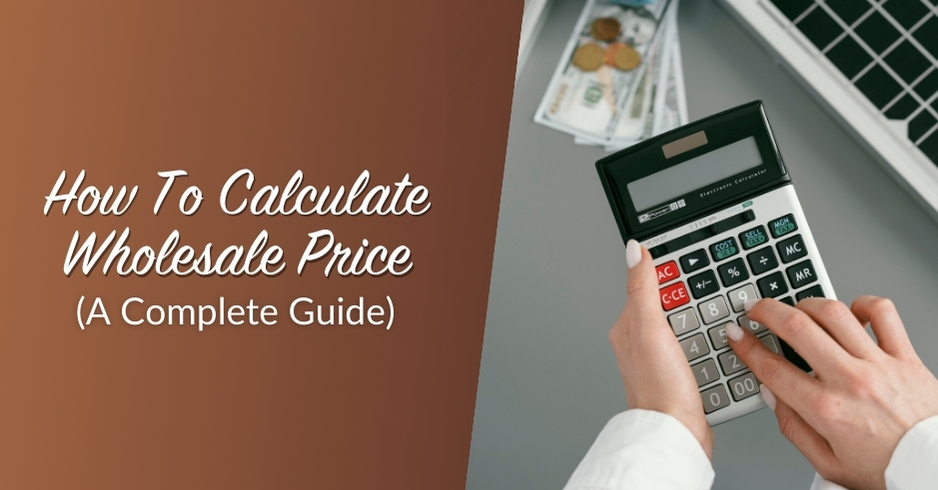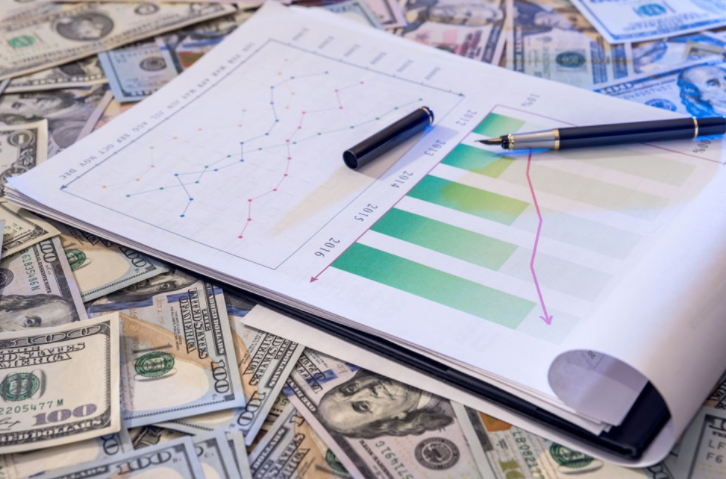Setting a price for your wholesale resale is an important part of marketing, and it can be a very tough piece of work for you. If you set your prices too high, you risk not getting many wholesale buyers while if you set your prices too low; your retailers are going to question the quality of your products hence you might not get sales as well. So you must strike a balance between your prices and the quality of your products.
There are several factors that you need to take into consideration if you want to set the correct prices for your products and they include the following:
- Cost of Production
- Profit
- Distribution Channels
- Attendants’ wages
- Competition
In addition to these factors, you also might need to consider basic, direct and fixed costs as well as income. The amount of money that you trade for your time in your business is known as income while profit is the return that you get from the investment of your business. Fixed costs, on the other hand, include marketing expenditure, bank charges, professional fees, business permit and transportation costs.
The amount of money that you trade for your time in your business is known as income while profit is the return that you get from the investment of your business. Fixed costs, on the other hand, include marketing expenditure, bank charges, professional fees, business permit and transportation costs.
Direct costs are those costs that are associated with the sale and delivery of a particular product. Here, you need to consider the original price of the product and the charges you incurred for transporting the product from the manufacturer to your store, repackaging and labelling costs.
The following are some of the smart guidelines to setting the correct prices for your goods and services.
Cost Plus Approach
Cost plus pricing is when you set prices by multiplying the value of your products with a profit factor to get the price of your goods. For instance, if your product costs $30 and your profit factor is 100%, then your selling price will be $60.
Common Sense Approach
Under this method, you will need to consider the value of the sales of your products when setting a price. For example, a manufacturer sold you a match at $1, and you set your selling price at $3 then your profit is 300%. However, when using this method in determining the price of more expensive products, you need to use your common sense so that your product can sell and you will not send your wholesale buyers away.
Research Approach
Setting a price using this method you will need to do some research in the market more especially if it is a product that is common. Learn how similar products are priced in your competitor’s stores and how the customers view this price.
When using the market research method, you can carry out your research by asking your manufacturer how to price, check online, search for ads in newspapers, product magazines, subscribe to product catalogues and so much more.
For instance, if you have a new product, and your market visibility research shows that your retailers are not willing to pay a certain amount that will enable you to break-even. But you decide to venture anyway; you stand to win in the long run because your presence in the market will provide a future market penetration.
Demand Pricing
Demand pricing is the process of setting the price of a commodity that will be of the desired volume of sales. It is is mostly used to set prices of goods which are sold through different sources at different prices.
This kind of pricing is challenging because it does always result in the best profit margins as you might anticipate, so as a wholesaler, you should consider the costs of goods and the markups separately so that the prices will not cut deep into your profit margins.
Long-Term Wholesale Pricing Strategies
When you venture into wholesale business, the key to maintaining a long-term income from your sales, you need to establish a critical pricing strategy that will make your customers come back again and again.
Pricing is a fundamental component because it will impact your revenues, cash inflow, margin and your business’s reputation among your retailer buyers. Before you set a price for your goods and services, you should have a long-term strategy to optimise your client growth, revenue and profit depending on your business plan.
Psychological Wholesale Pricing
When you are setting a price for your goods and services, you need to examine whether your wholesale buyers will be able to pay for that price. Hence you need to understand how to present these products that you are offering to your clients that they can get to purchase them. Hence you need to master the behaviour of your buyers.
The psychology of pricing is paramount because you need to make your buyers feel like winners. If you know how to determine what your clients will be willing to pay for a product, then you can be sure that your wholesale business is on the path to success.
Quick Book Tips for Your Wholesale
If you fail as a wholesaler to keep a record of your daily business transactions, you are headed to a significant headache due to failure to keep your book records. Ensure that your business records are up to date because it is through your quick books that you can be able to tell whether your business is growing or you are wasting your time.
If you do not have a Quick book know-how, do not worry even a bit because you can hire a quick book professional to help you.
Lowering Prices
Lowering costs is also one of the marketing strategies, but if your primary goal of reducing prices is to attract customers, then you are in for a huge surprise. This is because your clients do not purchase the products because of price, but customers want the best value for their money.
If you must lower prices for a particular product, let it be like a discount to your regular clients to make them come back again.
How to Tell If Your Pricing is Right
Some visible signs will reveal whether your pricing is correct and your business is headed for a bright future or not. You can determine if your price is good or not depending on these two qualities. One: marketing strategy. And two: coordination.
The marketing strategy is when you set prices that will tell your clients that your prices are friendly and you want to do business with them and hence your sales are likely to be high. The prices are not just affordable but it is approachable, and it will ensure stable business throughout the year.
Coordination pricing is when you set prices that allow your customers to bargain hence without proper coordination your business is likely to suffer significant losses. This method usually ends up bringing less than the desired results. This is because every customer will want a price that will favour his retailing price hence it will end up eating up your margin.




